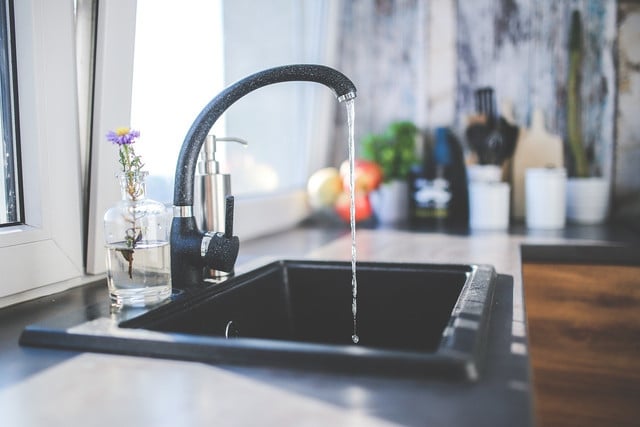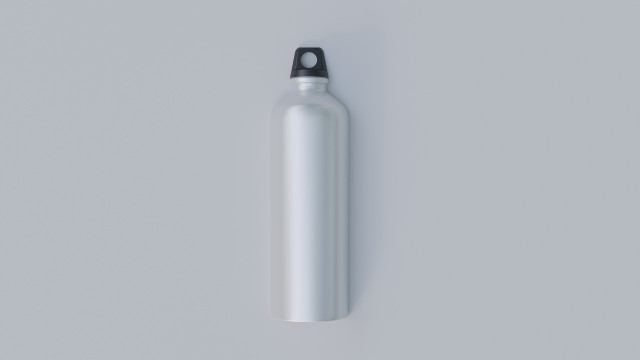
Tap water is environmentally friendly and healthy – but does it last forever? Under ideal conditions: theoretically yes. But in practice it can happen that tap water goes bad.
A glass of tap water that we forgot overnight might taste stale and stale, but it’s usually still good. But what about bottled tap water that stands longer? Can this ever go bad?
Bacteria and germs in tap water

(Photo: CC0 / Pixabay / kaboompics)
From a chemical point of view, water consists only of hydrogen and oxygen. It contains no proteins, sugar or other nutrients that can ferment and rot. Thus, water itself is considered to be theoretically non-perishable.
But what can accumulate in tap water are germs and bacteria. In Germany, the tap water quality is generally good to very good. Tap water comes out of the tap in such a strictly controlled and germ-free manner that, according to the Federal Center for Nutrition (BZfE), it should theoretically last forever.
But because we wouldn’t fill it up sterile at home, the tap water comes into contact with environmental germs. This is also not a problem due to the usually small number of such germs. However, according to the BZfE, there are factors that can increase the germ load:
- Light
- warmth
- Food (e.g. dirt in bottles and glasses)
Keep tap water sterile

(Photo: CC0 / Pixabay / Personal_Graphic)
The container in which you fill the tap water also plays a role in the germ load. If you leave the tap water open in a glass, it absorbs carbon dioxide from the air, which lowers the pH of the water and thus leads to the well-known stale taste. That in itself is not a sign of bad tap water. You can usually drink water that has been left open for a day or two. But it shouldn’t be much longer, because dust particles and bacteria in the air can also get into the water. On warm days in a light-flooded kitchen, tap water is an ideal breeding ground for them.
Tap water in disposable plastic bottles can be contaminated by two substances in particular: microplastics and acetaldehyde. These come loose as a result of the mechanical stress (filling, buckling, shaking) when you reuse disposable plastic bottles. But bacteria also have an easy time multiplying in the tiny cracks caused by material wear.
Reusable bottles made of more durable material such as glass or stainless steel are therefore better. If you also drink directly from these, you should clean them daily: Germs and bacteria: This is how often you should clean your drinking bottle
This is how you recognize tap water that has gone bad

(Photo: CC0 / Pixabay / RonPorter)
According to the BZfE, you can use your sensors to determine whether the tap water has gone bad: if the water smells and tastes funny – i.e. different from the well-known stale taste of stale water – you should no longer drink it.
However, the drinking water expert Söhnke Mücke explains to n-TV that contamination by bacteria or heavy metals cannot always be seen, smelled or tasted. In this case, the stress is still tolerable for most people, but according to Söhnke it could be dangerous for babies, small children and all people with a weakened immune system. The expert therefore advises replacing outdated pipes and fittings in the house and regularly cleaning the aerator, the end piece of the tap, as germs can easily get stuck on it.
Read more on Techzle.com:
- Testing tap water: reasons and contact points
- Let the tap water run for a short time: Necessary – or wasting water?
- Stiftung Warentest: Tap water is better than mineral water